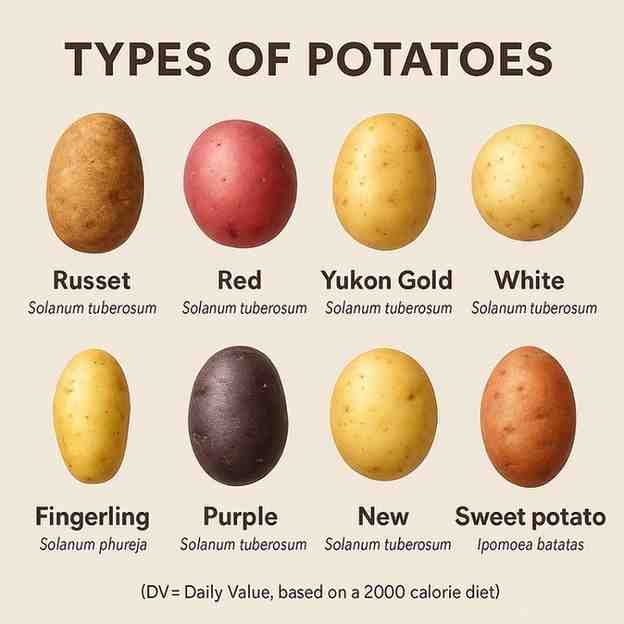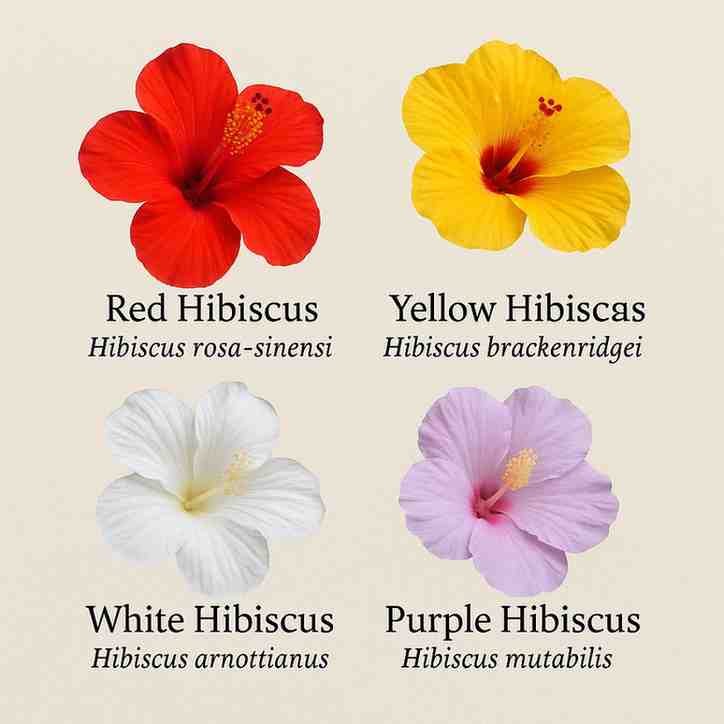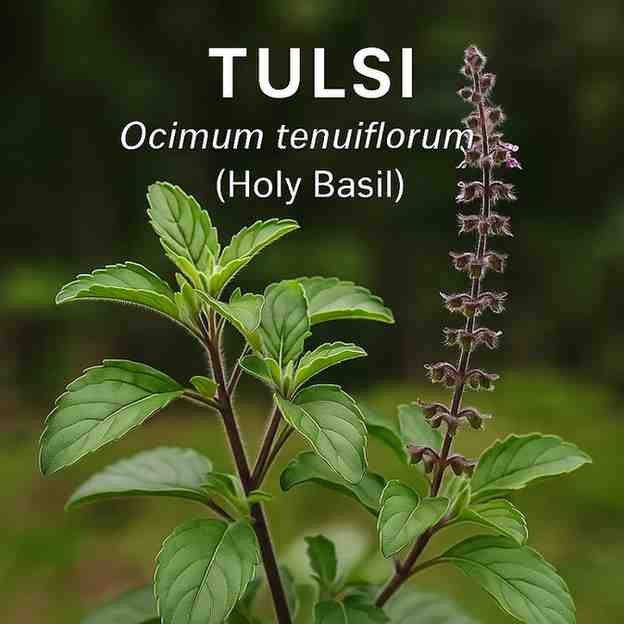What is the scientific name for a potato? The potato scientific name is Solanum tuberosum.
The potatoes belong to the family Solanaceae, which includes tomatoes, eggplants, and chilies. They are originally from South America and are now one of the world’s most important staple foods.
Table of Contents
What is the scientific name of the potato?
Solanum tuberosum is the scientific name of the potato. It means it belongs to the family of nightshade known as Solanaceae. The nightshade family includes other well-known plants, such as the tomato (Solanum lycopersicum), eggplant (Solanum melongena), and pepper (Capsicum annuum).
Botanical name meaning and pronunciation
The scientific name, Solanum tuberosum, designates the common potato, an annual edible tuber plant from South America. It is pronounced sohl-ay-nuhm tyu-buh-roh-suhm, stressing the third syllable of tuberosum.
Potato scientific name meaning
- Solanum: the specific name by which this plant is known: genus in the nightshade family of plants, to which the potato belongs.
- tuberosum: the specific name that refers to the starchy underground tubers which the plant produces for starch storage.
Potato scientific name pronunciation
The pronunciation can thus be broken down as follows:
- soh-LAY-num: soh as in ‘so’, LAY as in ‘lay’, num as in ‘num’
- tyoo-buh-ROH-sum: tyoo as in ‘tube’, buh as in ‘but’, ROH as in ‘row’, sum as in ‘sum’
Biological Classification of Potato
| Taxonomic Rank | Classification |
|---|---|
| Kingdom | Plantae (Plants) |
| Clade | Angiosperms |
| Clade | Eudicots |
| Clade | Asterids |
| Order | Solanales |
| Family | Solanaceae (Nightshade family) |
| Genus | Solanum |
| Species | tuberosum |
Types of Potatoes with Uses
Potatoes have been a dramatic and revered vegetable in the world. Today, they are available in different shapes, colors, and flavors. As such, they are an ingredient in many recipes worldwide. It is also essential to understand the various types of cooking that will suit the purpose, whether applied in baking, frying, or roasting.

1. Russet Potatoes:
They are large and rough with brown skin and a white inside. They are among the most common types of potatoes.
- Best Uses: Baked, mashed, and French fries.
- Texture: Light and fluffy.
- Flavor: Mild and earthy.
2. Red Potatoes:
Small to medium size. The skin is red with creamy white flesh. After cooking, it keeps its shape well.
- Best use: Roasting, potato salads, boiling.
- Texture: Firm and waxy.
- Flavor: Slightly sweet and mild.
3. Yukon Gold Potatoes (Yellow Potatoes):
Golden-skinned yellow potatoes that have yellow flesh. They somewhat have a natural buttery flavor.
- Best Uses: For mashing, roasting, soups, and stews.
- Texture: Creamy and Smooth.
- Flavor: Rich and buttery.
4. White Potatoes:
These are smooth, thin-skinned potatoes with a bland flavor. These are all-purpose potatoes in the sense that they can be used well in most recipes.
- Best use: Steaming, boiling, and salads.
- Texture: Medium starch and slightly creamy.
- Flavor: Light and delicate.
5. Fingerling Potatoes:
These small potatoes are shaped like fingers. They are commonly yellow, red, or purple.
- Best suited for use in: roasting whole, pan-frying, and potato salads.
- Texture: Firmly waxed.
- Taste: Nutty and earthy.
6. Purple Potatoes (Blue Potatoes):
Purple or blue potatoes have very dark skin with very bright purple flesh. They are very rich in antioxidants and, therefore, would color your meal.
- Best use: Chips, roast, salad.
- Texture: Moist and firm.
- Flavor: Slightly nutty with an earthy taste.
7. New Potatoes:
New potatoes are immature, small-sized tubers harvested during the early part of the growing season. They can be red, white, or yellow.
- Best: Boiling, steaming, roasting with skin on.
- Texture: Waxy and still firm.
- Flavor: Fresh and slightly sweet.
8. Sweet Potatoes (Commonly Labeled as a Potato Variety):
Sweet potatoes are never real potatoes, but they are counted among the most popular types of potatoes. They have an orange or purple interior with natural sweetness.
- Best to eat: Baked, fried, pie-ed, casserole-ed.
- Texture: Creamy, soft.
- Flavor: Sweet, rich.
| Common Name | Skin Color | Flesh Color | Best Use |
|---|---|---|---|
| Russet Potato | Brown | White | Baking, fries, mashed potatoes |
| Red Potato | Red | White | Salads, roasting, boiling |
| Yukon Gold | Golden Yellow | Yellow | Mashing, roasting, soups |
| White Potato | Light tan | White | Boiling, steaming, salads |
| Fingerling Potato | Red/Yellow | Yellow | Roasting, pan-frying, salads |
| Purple Potato | Dark Purple | Purple | Chips, roasting, colorful dishes |
| New Potato | Various | Various | Boiling, steaming, roasting |
| Sweet Potato | Orange/Purple | Orange/White | Baking, pies, fries, casseroles |
| Maris Piper Potato | White | Creamy White | Chips, fries, roasting |
| Desiree Potato | Pink/Red | Creamy Yellow | Boiling, mashing, salads |
| King Edward Potato | Light brown | Creamy White | Roasting, baking, mashing |
| Charlotte Potato | Yellow | Yellow | Salads, boiling, steaming |
| Vitelotte Potato | Dark Blue | Deep Purple | Chips, roasting, gourmet dishes |
| Kennebec Potato | Pale Tan | White | French fries, soups, stews |
| Red Bliss Potato | Bright Red | White | Salads, soups, roasting |
Nutrition and Benefits of Potatoes
These nutrients are very beneficial in a potato, provided it is properly cooked.
Benefits of Potatoes:
- Rich in Nutrients: A source of Vitamin C, B6, potassium, and fiber.
- Good for Digestion: The fiber, in turn, helps the gut.
- Heart Friendly: Potassium and magnesium are essential for blood pressure regulation.
- Potatoes are a good source of energy as they are quick, natural carbohydrates.
- Strengthens Immunity: Antioxidants plus Vitamin C act as defenders against foreign bodies.
- Supports Skin Health: The juice helps reduce dark circles and brightens skin.
- Weight Loss: When boiled or baked, they keep you full for extended hours.
- Gluten-Free: They are safe for people with gluten intolerance.
Nutritional Value of Potatoes (Per 100g)
| Nutrient | Amount | Benefit |
|---|---|---|
| Calories | 87 kcal | Provides energy |
| Carbohydrates | 20 g | Main source of fuel for the body |
| Dietary Fiber | 2.2 g | Supports digestion & gut health |
| Protein | 2 g | Helps in muscle repair |
| Fat | 0.1 g | Very low in fat |
| Vitamin C | 19.7 mg (33% DV) | Boosts immunity & skin health |
| Vitamin B6 | 0.3 mg (15% DV) | Supports brain & nerve function |
| Potassium | 379 mg (11% DV) | Helps regulate blood pressure |
| Magnesium | 23 mg (6% DV) | Supports bone & heart health |
| Iron | 0.8 mg (5% DV) | Important for blood production |
| Folate | 16 µg (4% DV) | Supports cell growth |
| Phosphorus | 57 mg (6% DV) | Helps build strong bones & teeth |
| Antioxidants | Present | Protects against cell damage |
(DV = Daily Value, based on a 2000-calorie diet)
Conclusion
Solanum tuberosum is the scientific name of the potato, which belongs to the economically important genus Solanum and forms an important food group globally. Endless cooking possibilities lie with different kinds of potatoes, from starchy to waxy. Potatoes are not only delicious but also provide a portion of vitamins, fiber, and antioxidants for human health. When its many uses in cooking, skincare, and even industrial applications are considered along with scientifically proven benefits, one can truly appreciate the value of potatoes in day-to-day life.
Also read:
- Tomato Scientific Name, Types, Uses, Benefits, and Plant
- Onion Scientific Name, Genus, Types, Uses, and its Benefits
- Mint Scientific Name, Types, Uses, Benefits, and Leaves
FAQs About Potatoes
What is the scientific name of the potato?
The scientific name for a potato is Solanum tuberosum.
Which genus does the potato belong to?
Potatoes belong to the genus Solanum, which also includes tomatoes and eggplants.
What are the main types of potatoes?
The main types are starchy, waxy, and all-purpose. Popular varieties include Russet, Red, Yukon Gold, White, Fingerling, and Purple potatoes.
What are the common uses of potatoes?
Potatoes are used for boiling, baking, frying, roasting, making chips, mashed potatoes, soups, and salads. They are also used in skincare and some industrial products.
What are the health benefits of potatoes?
Potatoes are rich in vitamins (C, B6), minerals (potassium, magnesium, iron), and fiber. They support digestion, boost energy, improve heart health, and even benefit skin.
Are potatoes good for weight management?
Yes, when boiled or baked, potatoes are filling and low in fat, which helps control appetite and aid in weight management.
Are potatoes gluten-free?
Yes, potatoes are naturally gluten-free, making them safe for people with celiac disease or gluten sensitivity.

